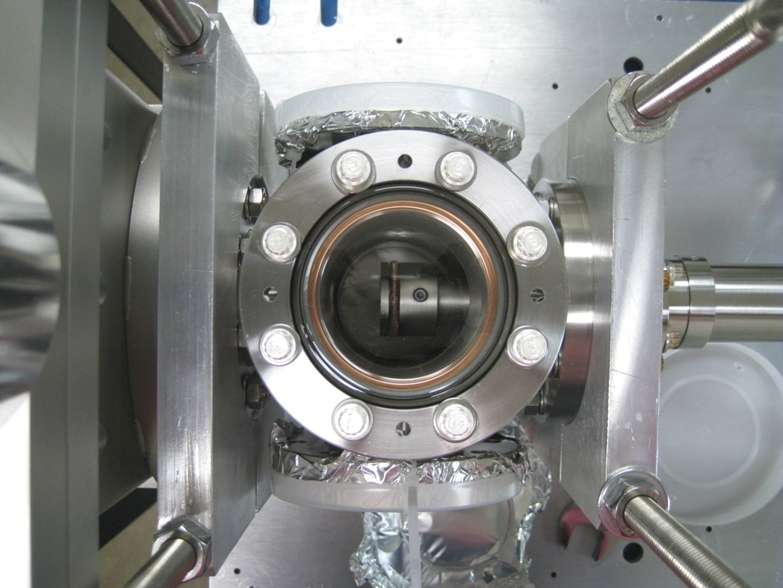At the beginning of the year’s run, the objective for the LHC was to deliver a quantity of data known to physicists as one inverse femtobarn during the course of 2011. The first inverse femtobarn came on 17 June, setting the experiments up well for the major physics conferences of the summer and requiring the 2011 data objective to be revised upwards to five inverse femtobarns. That milestone was passed by 18 October, with the grand total for the year being almost six inverse femtobarns delivered to each of the two general-purpose experiments ATLAS and CMS.There is a greater reality that the Higgs may not be found. Certainly, it may not be found where we think it should be. This will make for a very interesting physics. While it isn't too much of a stretch to come up with a Higgless model for our elementary particles, there is also a nagging suspicions that even for such Higgless models, we should have started seeing signs of something else. And maybe we have, but that remains to be looked at in the humongous amount of data accumulated so far. There's still the 2012 run, and then eventually, a major shut down for an extended period of time to replace all those electrical issues that caused the earlier "disaster". Maybe when it gets to a significantly higher energy, we will get a clearer picture. But at this point, we don't have a clear picture on a lot of things.
“At the end of this year’s proton running, the LHC is reaching cruising speed,” said CERN’s Director for Accelerators and Technology, Steve Myers. “To put things in context, the present data production rate is a factor of 4 million higher than in the first run in 2010 and a factor of 30 higher than at the beginning of 2011.”
Zz.
